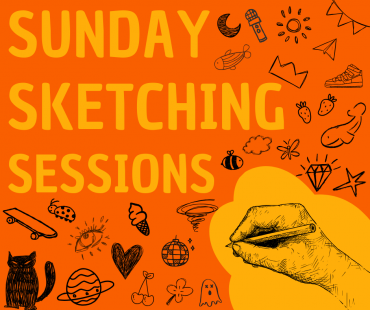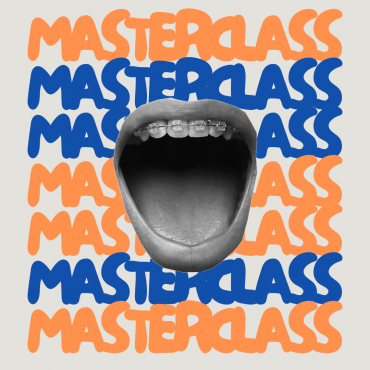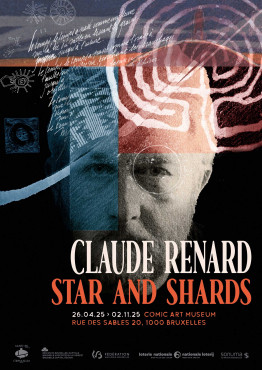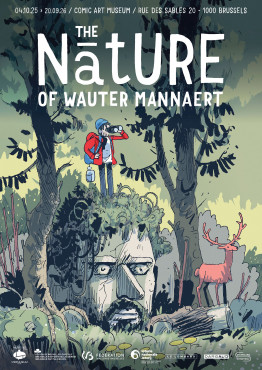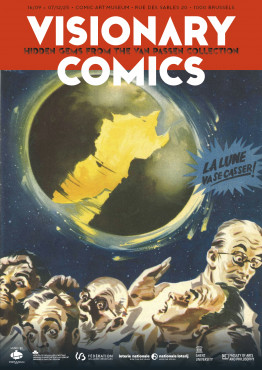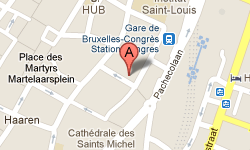Gallery
12.04.16 > 23.05.16
Habana
History is being written as we speak. Cuba is now opening itself up to the world and also discovering modern comic strip art. Undoubtedly, the eighteen Cuban authors who are exhibiting in this Gallery will in future years be viewed as the pioneers of a media, which, thanks to the Good News brought by the Belgian author Étienne Schréder, will spread through the island like wildfire. Henceforth, they will be referred to as the School of Havana, Matanzas, Sancti Spiritus or Santa Clara and our visitors will always remember that it is in Brussels, at the Comics Art Museum, that they have first been able to discover the founding works of this new Cuban comic strip art.
JC De la Royère, Comics Art Museum
Comic strip art was still alive and well in Cuba until the 1980s. Magazines were publishing works produced by Cuban and also foreign authors, such as Breccia, Muñoz, Sampayo, etc. Following the collapse of the Soviet bloc, Cuba suffered an unprecedented economic crisis referred to as ‘The Special Period’.
Interest in this new means of expression was rekindled in the 2000s. In 2010, Etienne Schréder took up the challenge to publish the first comic book, which was a compilation of new Cuban comic strip art entitled Crónicas Urbanas [Urban Chronicles]. The second opus Soñar La Habana [Dreaming about Havana] was released in 2014.
Habana is the anthology of the two previous comic books, and was produced in 2016 with the support of the Brussels-Capital Region. ‘La Maison Autrique asbl’, a non-profit organisation, is the driving force behind this design and production laboratory project for Cuban comic strip art... entitled ‘Laboratorio’.
Following in the footsteps of Crónicas Urbanas [Cuban Chronicles], the ‘Laboratorio’ collaborative project was set up in 2012. The graphic artists and scriptwriters taking part in the project come from all walks of life, and from every possible ethnic and cultural background of Cuba. Some of them are self-taught and have bravely had to withstand the rigours of the years of crisis, and there are others who have trained at art schools and universities, as well as illustrators who work for local publishing houses.
Most of them had never designed any comic strip art before. As a result of the embargo, they had only very limited access to IT, and had to resort to using recycled paper, heavily diluted ink, and pens and pencils obtained more by luck than judgment!
Most importantly, even if Havana and its heritage was the general topic imposed upon them, this is the very first time that they have had the opportunity to choose their own topics, their own number of pages, and their own technique.
Etienne Schréder





